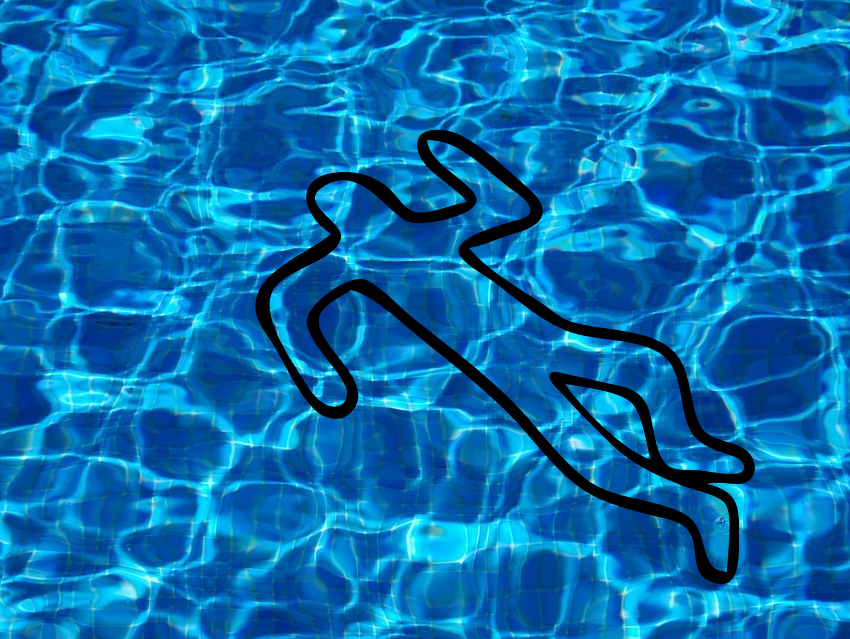When a dead body is found, it is important to estimate the time of death. This can be done by measuring body temperature or observing insect activity. However, these methods don’t always work for corpses found in water. One way to examine the length of time a body has been underwater, or the post-mortem submerged interval (PMSI), is to examine the decomposition stage of several areas of the body. But factors like water salinity, depth, tides, temperature, presence of bacteria, and scavengers can make PMSI estimation difficult.
Noemi Procopio and colleagues, Northumbria University, Newcastle upon Tyne, UK, have investigated how the level of certain proteins in the bones changes the longer a body remains underwater. The researchers placed fresh mouse carcasses in bottles of tap water, saltwater, pond water, or chlorinated water. After a PMSI of one or three weeks, the team collected the lower leg bones (tibia) from the corpses, extracted the proteins, and analyzed them by mass spectrometry.
They found that the time since submersion had a greater effect on protein levels than the different types of water. In particular, the muscle protein fructose-bisphosphate aldolase A constantly decreased with increasing PMSIs. Peptidyl-prolyl cis–trans isomerase showed a significant decrease between terrestrial controls and aquatic environments, and the coagulation factor VII was deamidated only in aquatic conditions. In pond water, fetuin-A was significantly more deamidated than in the other types of water. This could help reveal if a body was once submerged in pond water and then moved, the researchers say.
According to the researchers, their study identified novel potential biomarker candidates that would be useful for the estimation of the PMSI and the characterization of the type of water involved in criminal investigations.
- Aquatic Decomposition of Mammalian Corpses: A Forensic Proteomic Approach,
Haruka Mizukami, Bella Hathway, Noemi Procopio,
Journal of Proteome Research 2020, 19, 2122–2135.
https://doi.org/10.1021/acs.jproteome.0c00060




